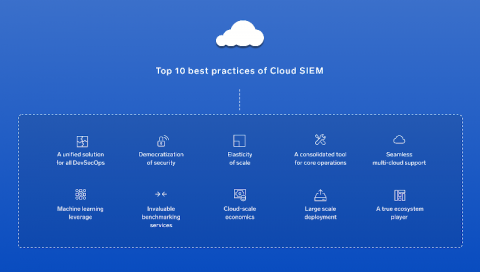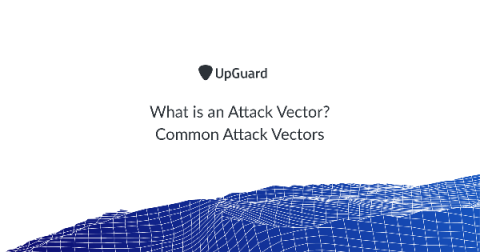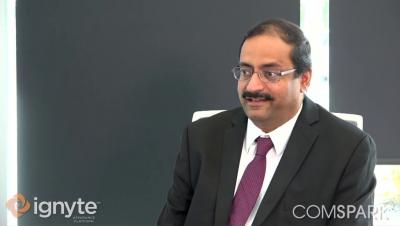Thunder on the Horizon: 4 Security Threats for the Cloud
Security is both a benefit and a concern for enterprises when it comes to cloud computing. On the one hand, Datamation found in its State of the Cloud, 2019 survey that many organizations are moving to the cloud because they found that cloud-service providers (CSPs) offer better all-around security than they could achieve by themselves.








